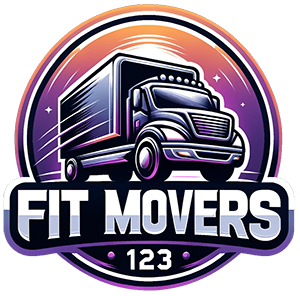How to Disassemble Gym Equipment for Moving: A Step-by-Step Guide
When the time comes to move, whether it’s relocating your home gym or transitioning your commercial fitness center to a new location, the task of disassembling gym equipment can seem daunting. Proper disassembly is crucial for ensuring the safety of your equipment, making the moving process smoother, and preventing any damage. This guide will walk you through a step-by-step process of disassembling various types of gym equipment, highlighting essential tips and tools you’ll need along the way.
Introduction
Understanding the importance of correctly disassembling your gym equipment cannot be overstated. Not only does it protect your investment by preventing damage during the move, but it also minimizes the risk of injury. With a systematic approach and the right tools in hand, you can efficiently disassemble your gym gear, readying it for a safe transition to its new home.
Equipment-Specific Instructions
- Treadmills: Start by unplugging the unit and removing any safety keys. Treadmills typically fold, so ensure it’s in the upright position before securing the locking mechanism. Use the manufacturer’s guide to remove the console and base sections.
- Ellipticals: Detach the moving parts first, like the pedals and arms. Use a wrench to unscrew the bolts and keep them in labeled bags. If possible, remove the main body from the base for easier transport.
- Weights and Dumbbells: These do not require disassembly, but organizing them according to weight and securely packing them is vital to prevent movement or damage.
- Weight Machines: Taking photos before dismantling any complex machinery is helpful. Begin by removing detachable parts like weight plates and bars, then proceed to unscrew the main components, referring to the manual as necessary.
Packing Materials Needed
- Bubble Wrap: Ideal for wrapping delicate parts such as screens and consoles.
- Moving Blankets: Use these to cover larger parts and protect them from scratches.
- Sturdy Boxes: Suitable for smaller disassembled parts and hardware. Labeling each box with its contents and corresponding equipment will ease the reassembly process.
- Ziploc Bags: Perfect for keeping screws, washers, and small parts organized. Make sure to label each bag.
- Packing Tape: Use to secure the wrap and blankets and to seal boxes.
Conclusion
Disassembling gym equipment requires patience, organization, and some elbow grease. However, by following these steps, you can ensure that your move is as efficient and damage-free as possible. Remember, if the task seems too daunting or if you’re worried about handling expensive and heavy machinery, professional help is just a call away. The Gym Equipment Moving Specialists at Fit Movers 123 offer expertise in safely disassembling, transporting, and reassembling your gym equipment, letting you focus on your move with one less thing to worry about.

